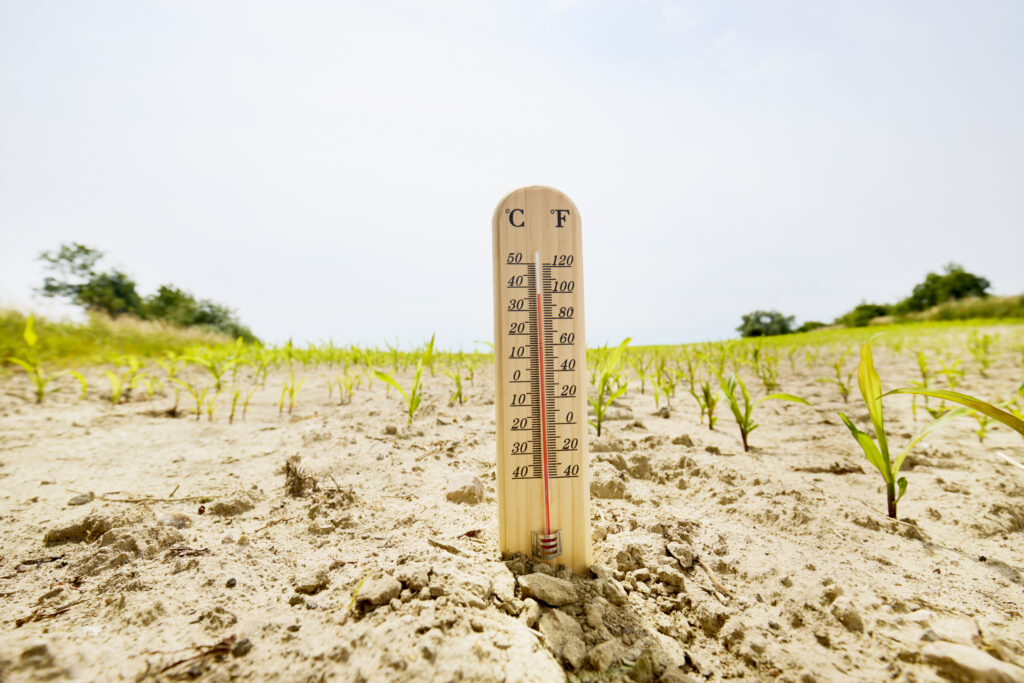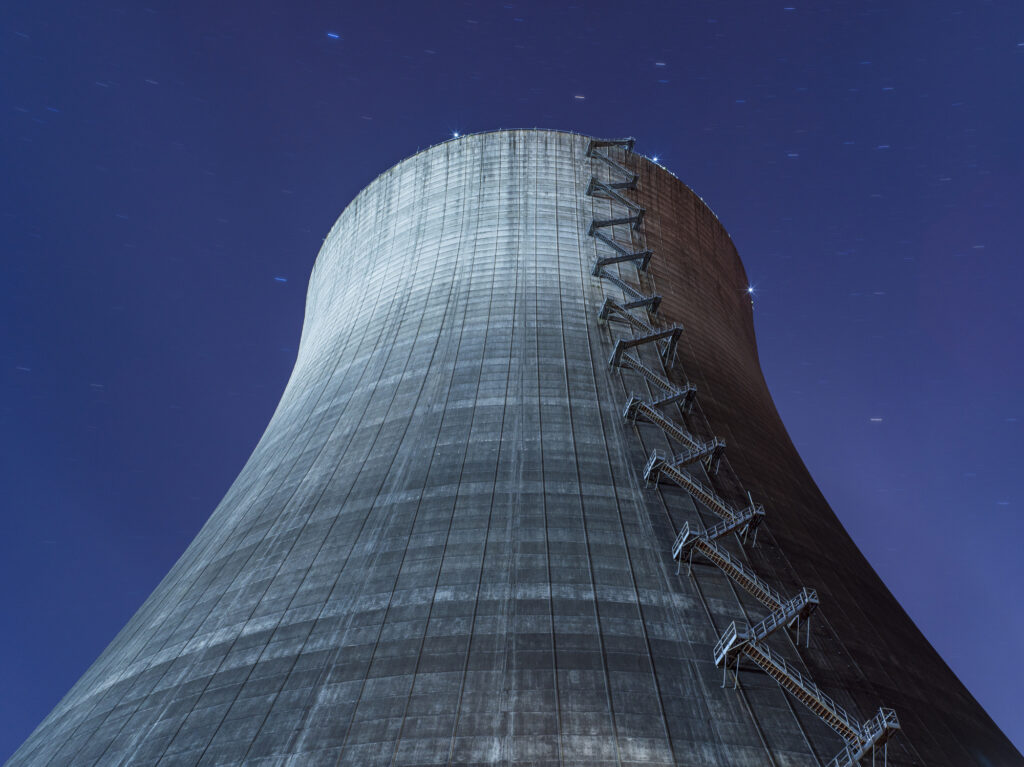Here we go again.
Among the most annoying trends in media is one where a journalist will take any random topic, be it “trans sex workers” and their struggles in Indonesia, predatory loan practices, human trafficking, pick your poison, and connect it to climate change.
My theory when it comes to stories like this is that the writer had a story in mind about one of those subjects, and crammed climate change in there to meet the publication’s quota on climate related stories. If you read them, they often spend very little time on the actual climate part and much more time on the human-interest story.
Recently, Bloomberg took this concept and applied it to an article describing a new tool that scores companies based on how much they rely on child labor.
The tool is an AI-driven index that Bloomberg refers to as “a newly developed quantitative approach may help raise its prominence as an environmental, social, and governance issue.” This corporate-speak means that it is supposed to be used to pressure companies that rely on high amounts of child labor anywhere in their supply chain.
Honestly, who could be against battling child labor?
But then the story goes off the rails with Bloomberg shifting gears and citing an International Labor Organization study that claimed climate change is a “threat multiplier” for child labor, because poverty forces people to rely on their children to help earn money for the family, and sometimes bad weather forces people into poverty. The “logic” is that climate change is making the weather worse, creating more poverty, resulting in increased child labor.
The problem is, climate change is not causing more frequent or intense extreme weather conditions and the poverty rate has fallen considerably over the past few decades, even as modest warming has occurred.
Real world data show no significant increase in extreme weather over the past 100 years. What’s more, data show that certain types of extreme weather events, like exceptionally cold conditions, have declined, and so have human deaths associated with weather or climate related disasters. While deaths are not a direct and perfect analog to the destruction of crops or homes, they do show that the peril associated with extreme weather in general is declining—due to advancements in technology, and the fact that the weather simply isn’t getting worse.
Bloomberg is also off base that climate change is driving rising poverty globally, and pushing more people into using children as laborers. Poverty has been on a multi-decade decline even and especially during the periods with the most warming. According to data from the U.S. Agency of International Development, poverty levels dropped from 43 percent of the global population in the 1990s to just 21 percent by 2011.
And World Bank data show the poverty rate has continued its dramatic decline since then. The World Bank, the United Nations, the U.S. government, and others target 2030 as the year extreme poverty may be driven down to “global zero.”
Ironically, the real driver of child labor, other than pockets of lingering poverty, actually could be efforts to fight climate change, in the form of the increasing demand for materials used in green energy technologies. Most of these materials are found in third-world countries often produced using child labor. The prime example would be cobalt used for lithium-ion batteries, more of which is needed for things like electric vehicles (EV) and battery backup services for wind and solar industrial facilities, as well as phones and laptops. A 2018 report says each EV battery needs more than 30 pounds of cobalt and predicted that the cobalt demand would skyrocket as electric vehicle sales (pushed by climate mandates) increased.
According to Humantraffickingsearch.org, the world’s largest cobalt producer is the Democratic Republic of the Congo, about 60 percent of global production. The DRC is known for using child labor in “artisan” cobalt production.
Bloomberg does get partial credit for a single paragraph in which the writer acknowledges that materials vital for “climate transition commodities” also use child labor. The founder of the company that created the index might surprise some investors. Go figure.
Child labor is not being caused or exacerbated by climate change. One good way to ensure that child labor continues is by increasing the demand for solar panels and other “green” technologies that rely on mining in extremely poor areas, and by denying those poor countries the ability to develop using affordable and reliable fossil fuel energy.
Photo by Sasha Lezhnev. Attribution-NoDerivs 2.0 Generic.





